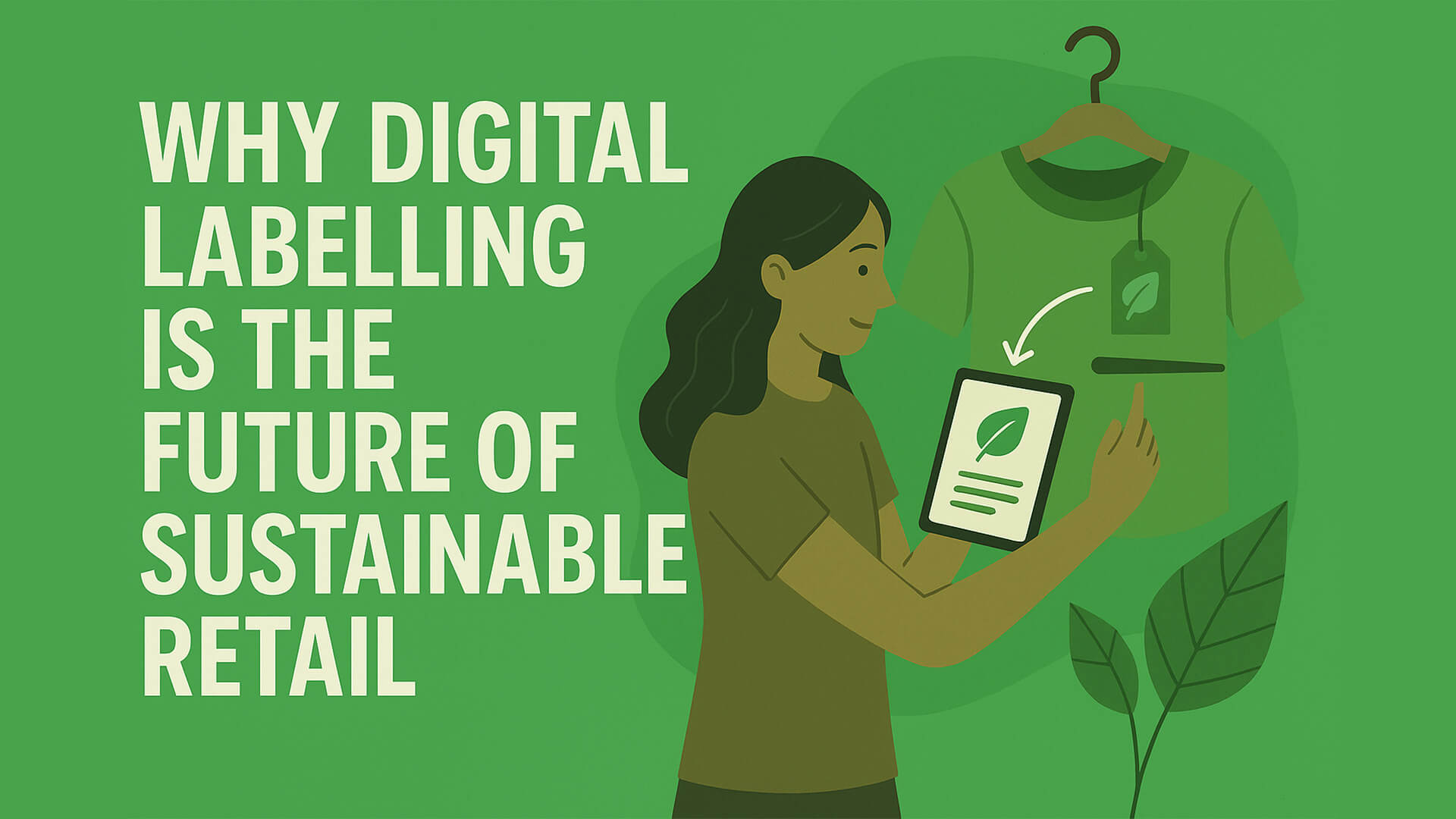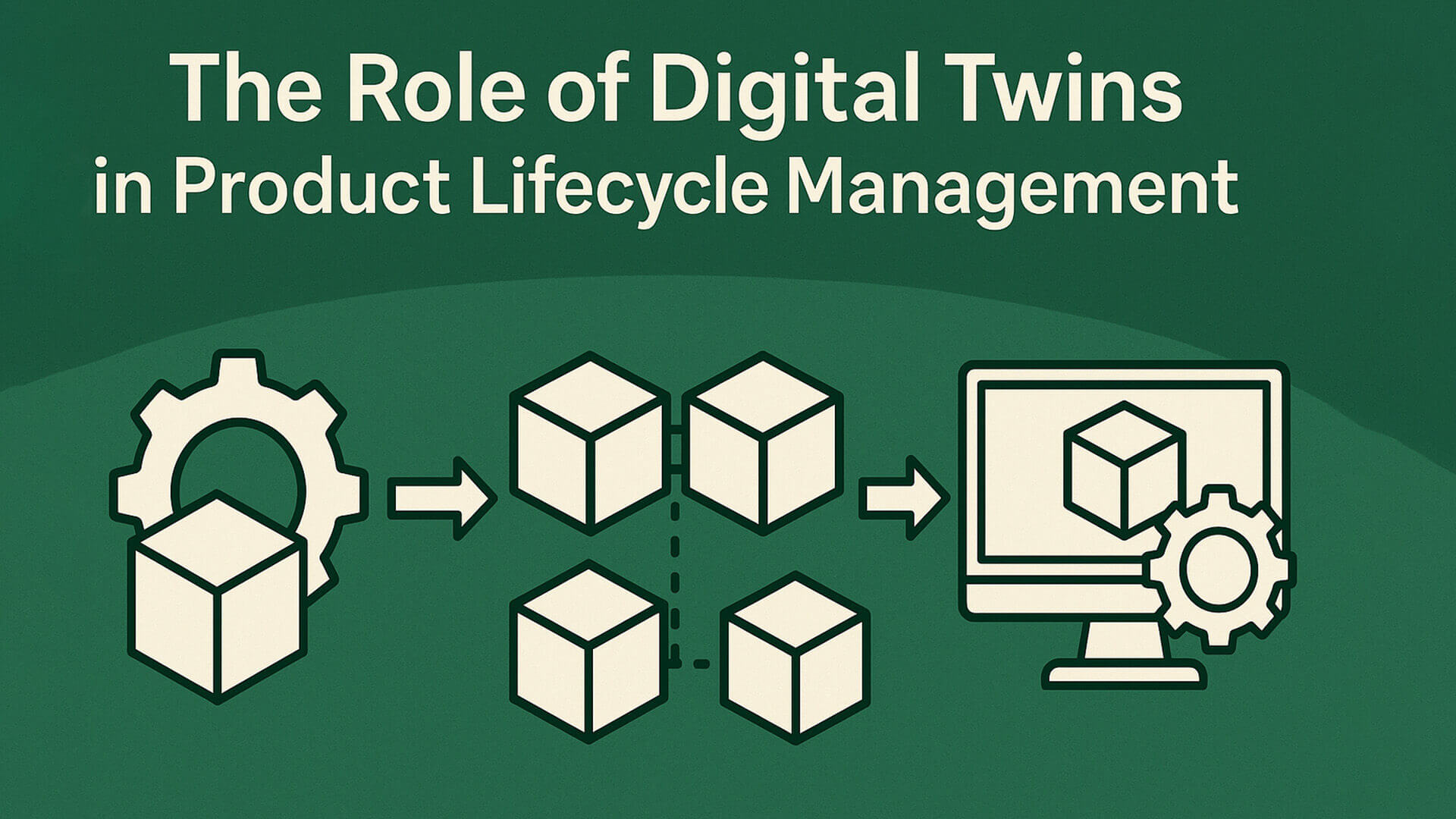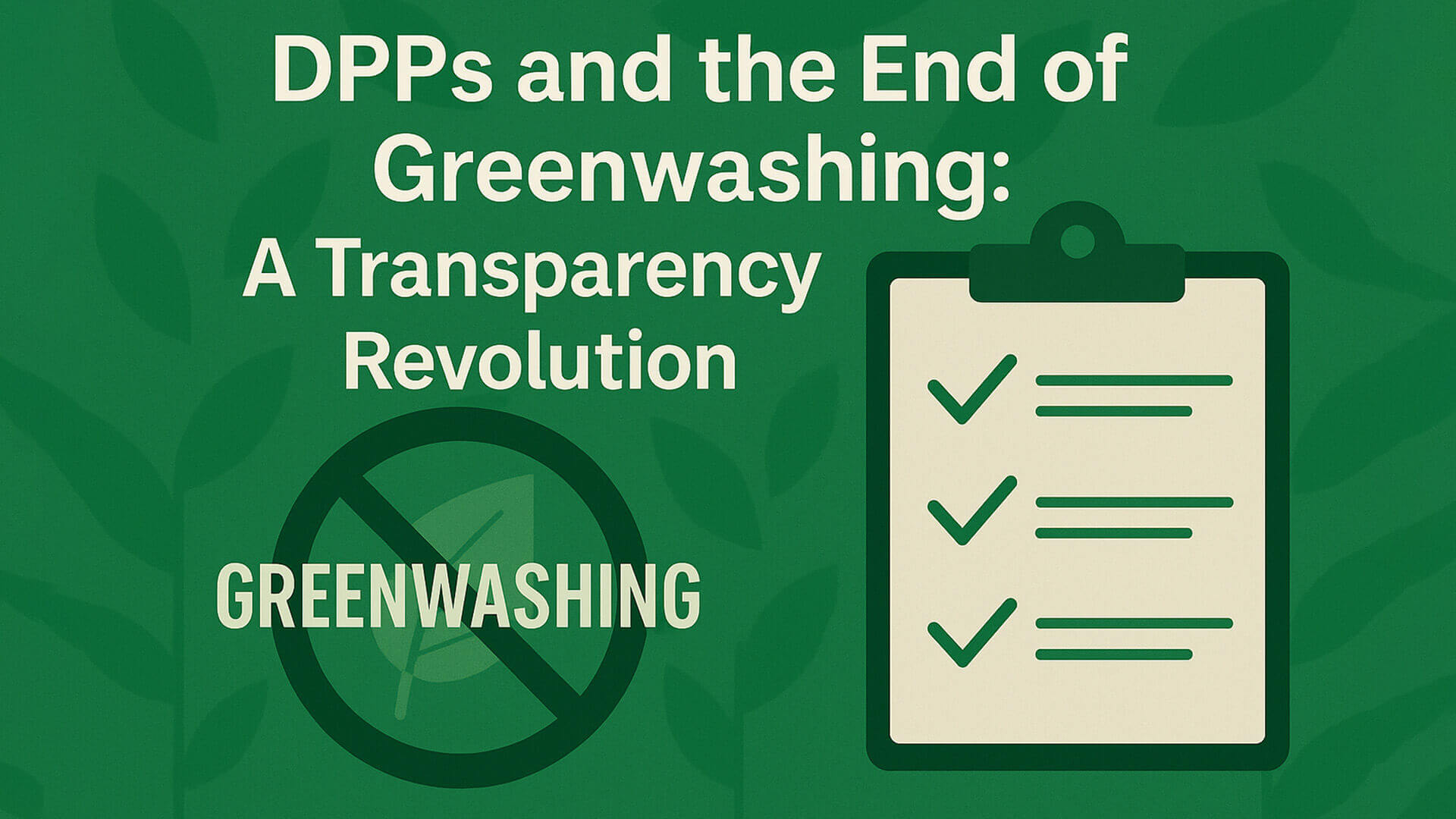- info@greenthreadsdpp.com
- Southampton, United Kingdom
Why Digital Labelling Is the Future of Sustainable Retail

In a world where climate consciousness is no longer a niche concern but a mainstream expectation, the retail industry is undergoing a profound transformation. At the heart of this shift lies a deceptively simple innovation: digital labelling. More than just a tech upgrade, digital labels are emerging as a cornerstone of sustainable retail, bridging the gap between transparency, efficiency, and environmental responsibility.
By working in collaboration with industry experts such as GS1, Green Threads is at the cutting edge of technology development, ensuring our clients have access to the latest technology from global providers.
What Is Digital Labelling?
Digital labelling refers to the use of smart, scannable, and dynamic identifiers such as QR codes, RFID tags, NFC chips, and digital product passports that replace or augment traditional printed labels. These labels can store and transmit a wealth of information, including:
-
Product origin and supply chain data
-
Sustainability certifications and carbon footprint
-
Usage instructions and recycling guidance
-
Real-time inventory and pricing updates
-
Authentication and anti-counterfeit verification
Unlike static paper labels, digital labels are interactive, updatable, and data-rich making them ideal for the evolving demands of modern retail.
The Sustainability Imperative
Retailers are under increasing pressure to reduce their environmental footprint. From packaging waste to carbon emissions, every aspect of the product lifecycle is under scrutiny. Traditional labelling contributes to this problem in several ways:
-
Excessive material use: Paper, adhesives, and inks often end up in landfills.
-
Limited recyclability: Many labels contaminate recycling streams.
-
Short shelf life: Static labels become obsolete with pricing or regulatory changes.
-
Overproduction: Bulk printing leads to waste when products are updated or discontinued.
Digital labelling addresses these issues head-on by minimising physical waste, extending label lifespan, and enabling circularity.
How Digital Labelling Supports Circular Retail
Circular retail models where products are reused, repaired, resold, or recycled require traceability and transparency. Digital labels make this possible by:
-
Tracking product journeys from raw material to resale
-
Storing repair and maintenance history for second-hand markets
-
Providing recycling instructions tailored to local infrastructure
-
Enabling take-back schemes through scannable return codes
In essence, digital labels act as a digital twin of the product, carrying its story and sustainability credentials throughout its lifecycle.
Smart Tech, Smarter Retail
Here’s a breakdown of the technologies powering digital labelling and their sustainability benefits:
These tools don’t just digitise labels, they redefine the role of labelling in retail ecosystems.
Real-World Applications
Let’s explore how digital labelling is already reshaping retail:
1. Apparel & Fashion
Brands like H&M and Zalando are piloting digital product passports that let consumers scan a garment’s tag to view its material composition, factory of origin, and care instructions. This builds trust and supports resale and recycling.
2. Food & Beverage
Supermarkets are using QR codes to display nutritional info, sourcing details, and allergen alerts—reducing the need for oversized packaging and enabling real-time updates for recalls or ingredient changes.
3. Beauty & Personal Care
Cosmetics brands are adopting digital labels to share ingredient transparency, cruelty-free certifications, and refill instructions, helping eco-conscious consumers make informed choices.
4. Electronics
With upcoming regulations like the EU’s Digital Product Passport, electronics will soon carry digital IDs that track repairability, energy usage, and end-of-life options a game-changer for e-waste reduction.
Business Benefits Beyond Sustainability
While the environmental case is compelling, digital labelling also delivers tangible business advantages:
-
Operational Efficiency: Real-time updates eliminate the need to reprint labels for price changes or promotions.
-
Inventory Optimization: RFID-enabled tracking reduces stockouts and overproduction.
-
Consumer Engagement: Interactive labels create new touchpoints for storytelling, loyalty programs, and product education.
-
Regulatory Compliance: Easily update labels to meet evolving legal requirements without reprinting.
-
Brand Differentiation: Transparency builds trust and loyalty in a crowded market.
In short, digital labelling is not just a green initiative it’s a strategic enabler of modern retail.
Challenges to Overcome
Of course, the road to digital labelling isn’t without bumps:
-
Cost of Implementation: Smart labels and supporting infrastructure require upfront investment.
-
Data Management: Retailers must ensure data accuracy, security, and interoperability.
-
Supplier Readiness: Smaller suppliers may lack the tech or training to participate.
-
Consumer Adoption: Not all shoppers are familiar with scanning QR codes or using digital tools.
However, these challenges are surmountable with industry collaboration, standardization, and consumer education.
The Future: Labels as Living Ecosystems
As digital labelling matures, we can expect even more innovation:
-
AI-powered personalization: Labels that adapt content based on user preferences or location.
-
Augmented reality (AR): Scan a label to see a 3D product demo or sustainability impact visualized.
-
Voice integration: Smart speakers that read label info aloud for accessibility.
-
Dynamic pricing: Real-time discounts based on expiry dates or demand.
Ultimately, labels will evolve from static stickers to living ecosystems connecting products, people, and planet in real time.
Final Thoughts
In the race toward sustainable retail, digital labelling is not a silver bullet but it’s a powerful catalyst. It empowers brands to be transparent, consumers to be informed, and products to be part of a circular, connected future.
As regulations tighten and expectations rise, the question is no longer if retailers should adopt digital labelling but how fast they can do it.





